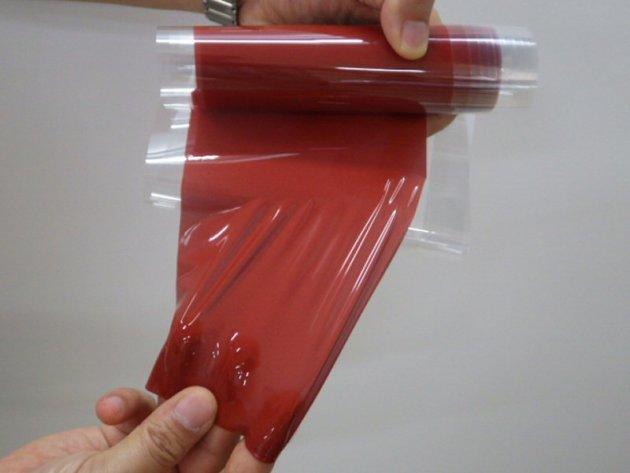Take a rubber band and stretch it, and you can feel the heat from the kinetic energy. Now, that same energy can be used to generate electricity.
Substances that discharge electricity when they change their shape after being subject to kinetic pressure and vibration are labeled piezoelectric, and are divided into two general categories: unwieldy ceramics that generate moderate levels of energy, and flexible polymers that generate very little.
Ricoh, an electronics company headquartered in Japan, has made a piezoeletric that they claim is both flexible and can generate ceramic-levels of energy, which could have applications in communication technologies and equipments.
Piezoelectric ceramics, such as quartz, are used in radios, computers, and watches because of their ability to generate electricity when subject to kinetic pressures instead of merely conducting it. They can also vibrate when subject to electricity, and can produce ultrasound vibrations used for scanning.
The molecular building blocks of piezoelectric crystals are asymmetric, making the electric balance of its atoms more easily unbalanced, so that they’re imbued them with an electric charge when they’re squeezed or stretched.
In many digital watches, electricity is fed to the quartz, which oscillates in precise time intervals and determines the hour, minute, and second display.
Piezoelectrics are used in simpler devices like spark lighters for stoves or barbeques, where a physical switch is used to generate an electric spark.
Ricoh has been reticent about the mechanism behind its new energy-generating rubber, only disclosing that it works differently from conventional piezoelectrics, and easier to produce because it “does not require a high-temperature process like ceramics,” but said it is collaborating with researchers to do an analysis of the material from the perspective of “computational chemistry.”
Ricoh said that it is in the process of finding commercial applications for their new rubber technology.





